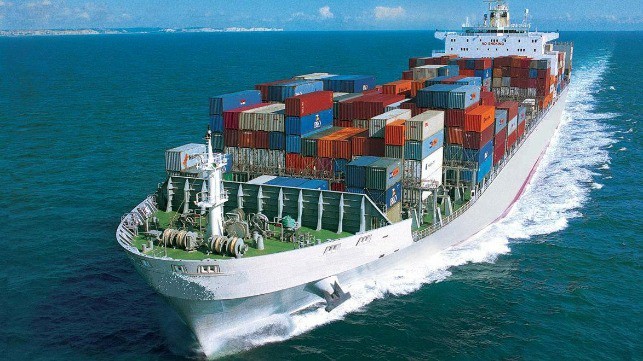Climate change is not a new topic of interest. In the recent years more and more pressure for climate change adaption by ports have been established especially in terms of maritime container shipping. With the recent effect of LSS (Low Sulphur Surcharge) since 1 January 2020, changes have been set to high gear to reduce Sulphur emissions by 85%. However, more needs to be done with rising sea levels possibly affecting Australia and its coastal lines.
As assessment carried out by IPCC (The Intergovernmental Panel on Climate Change) back in 2018, stated that by 2100, sea levels are set to rise by 1 meter. The study details the science and the theory behind the study as well as what is to be expected. Some other studies state that sea levels could rise to about 7m. Furthermore, if you look into historical data, especially of that in Australia, rising sea levels is not new. The following Map of Australia shows sea-level change and archaeological sites for selected periods between 35,000 and 8,000 years ago. It highlights the changes in the last ice age and the last bout of global warming which facilitated in the coastlines of Australia, as we know now. Based on Aboriginal oral histories, communities and societies were greatly affected by the rising sea levels in the past causing migrations and not to mention flooding.

Transco Cargo Australia – Maritime Container Shipping and Rising Sea Level Impact on Australia
Based on the data in hand it is a concern especially with maritime container shipping, and thus many maritime ports are making necessary changes to account for these possibilities. For instance, the Bayonne Bridge in New York was raised in order to facilitate taller ship to go under the bridge. Similarly other ports and cities with bridges that being raised to ensure that the rising sea levels. Similarly, it is anticipated that the bridge across the Suez Canal will have to be raised.
Whilst infrastructural developments and amendments need to be made, it’s also important the port designs and modifications for maritime container shipping will require the same. With rising sea levels, ports that were not able to facilitate deep water/berth vessels can welcome shipments accordingly, which will invite more trade via maritime container shipping. In terms of infrastructure, ideally design amendments should be incorporated to ensure due mitigation efforts. For inspiration, the recent study done by the Port of Rotterdam Authority factors that impact of climate change has such as increased storm intensities (which must be factored into Port safety), increase in heat, and not to mention, increased inundation levels. Raising wharves and piers are viable options along with improving sea wall barriers. The fact is that with concern to rising sea levels, and its impact on Australia and maritime container shipping, the issue of cargo and ship safety is vital.
What are your thoughts on Climate Change in your industry?
Image Source: Sean Ulm

